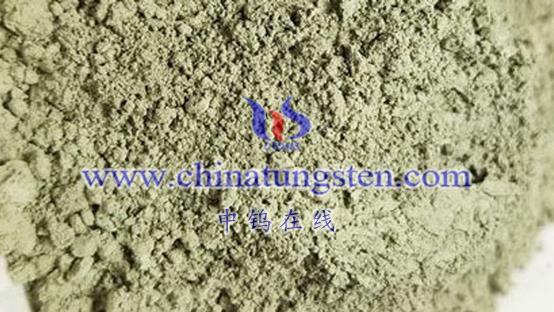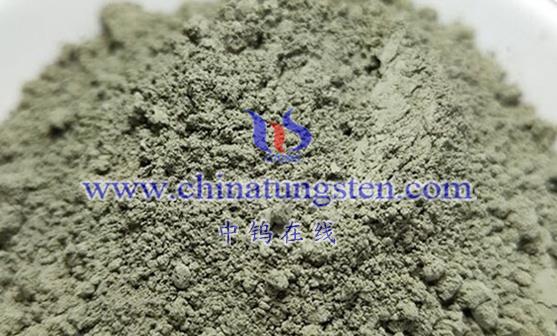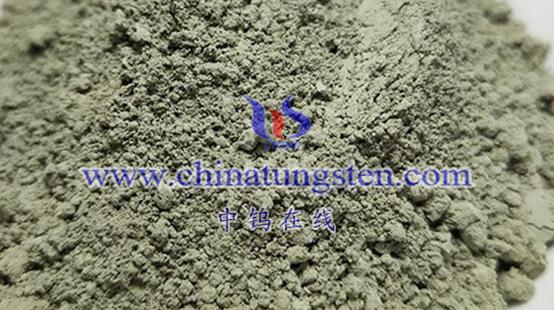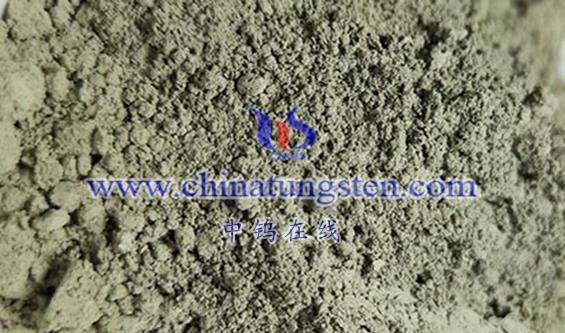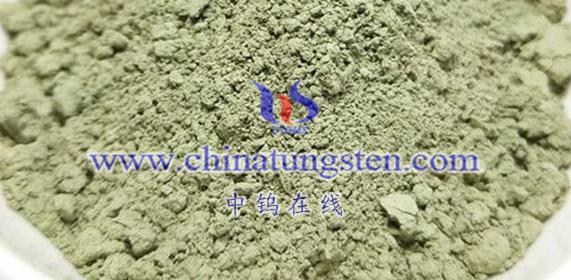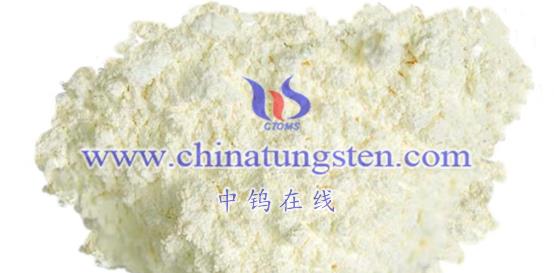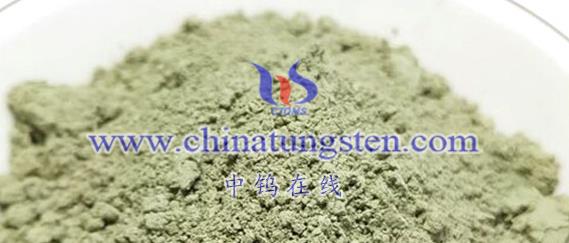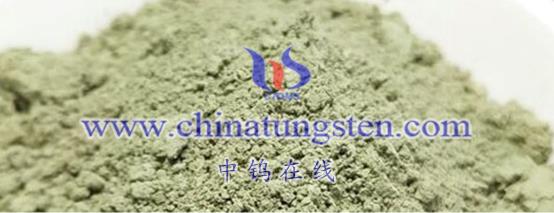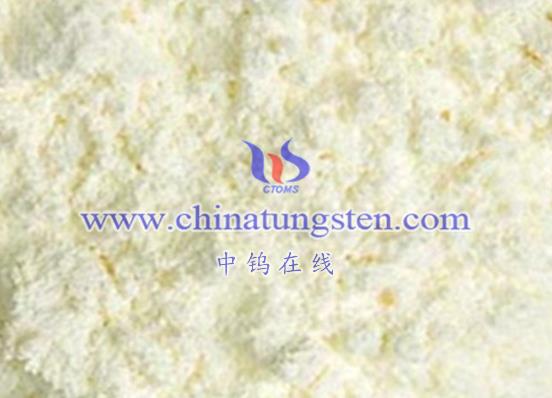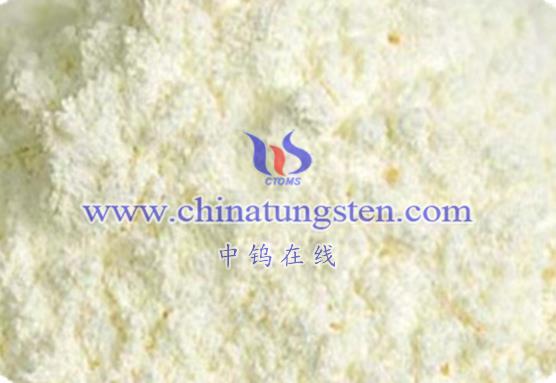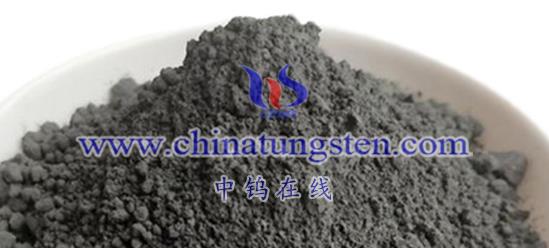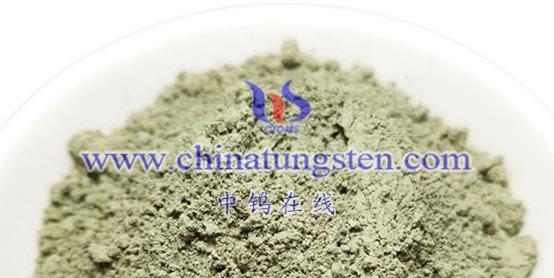
Nano tungsten oxide (WO₃) exhibits significant photoelectrochemical properties, which have wide-ranging applications in various fields. Below is a detailed summary of these application scenarios:
- Nano Tungsten Oxide Photoelectrochemical Sensors
Working Principle of Nano Tungsten Oxide Photoelectrochemical Sensors
Under illumination, nano tungsten oxide generates electron-hole pairs. These photo-generated carriers react with target substances in redox reactions, producing detectable electrical signals. By measuring changes in these signals, specific substances can be quantitatively or qualitatively analyzed.
Applications of Nano Tungsten Oxide Photoelectrochemical Sensors
- Biosensing: Used for detecting specific biomarkers in organisms, such as glucose, lactate, and proteins, which are crucial for disease diagnosis and treatment monitoring.
- Environmental Monitoring: Utilized to detect pollutants, harmful gases, and other substances in the environment. Real-time monitoring can provide data support for environmental protection and pollution control.
- Nano Tungsten Oxide Photocatalysis
Photocatalytic Mechanism of Nano Tungsten Oxide
When exposed to light, nano tungsten oxide can catalyze various chemical reactions, such as water splitting for hydrogen production, photocatalytic oxidation of harmful substances, and photocatalytic conversion of carbon dioxide. The participation of photo-generated electrons and holes makes it an efficient photocatalyst.
Applications of Nano Tungsten Oxide Photocatalysis
- Energy Production: Nano tungsten oxide can convert solar energy into chemical energy, such as in the water-splitting process to produce hydrogen. This technology provides a new approach to renewable energy production.
- Environmental Remediation: It is used for the photocatalytic degradation of organic pollutants in water and harmful gases in the air. These pollutants are converted into harmless or low-toxicity substances, improving environmental quality.
- Nano Tungsten Oxide in Energy Conversion and Storage
Energy Conversion and Storage Mechanism of Nano Tungsten Oxide
The photoelectric conversion capabilities of nano tungsten oxide make it valuable for applications in solar cells and lithium-ion batteries. By optimizing the structure and performance of nano tungsten oxide, the efficiency and stability of these energy devices can be improved.
Applications of Nano Tungsten Oxide in Energy Conversion and Storage
- Solar Cells: Nano tungsten oxide can be used as a photoanode material in solar cells, absorbing sunlight and generating photoelectric currents to convert solar energy into electrical energy.
- Lithium-ion Batteries: Its unique nano-structure enhances conductivity and lithium-ion diffusion rates, improving the charge/discharge performance and storage capacity of lithium-ion batteries.
- Other Applications of Nano Tungsten Oxide
- Optoelectronic Devices: Nano tungsten oxide can also be used to manufacture other optoelectronic devices, such as photodetectors and photoelectric switches, with broad applications in optical communication and information processing.
- Biomedical Applications: Although its use in biomedicine is limited, nano tungsten oxide’s excellent photoelectric properties and biocompatibility make it potentially useful for applications such as photothermal therapy and drug delivery.
In conclusion, the photoelectrochemical properties of nano tungsten oxide find wide applications in photoelectrochemical sensors, photocatalysis, energy conversion and storage, as well as in other fields. With ongoing research and technological advances, its application potential will continue to expand and deepen.
More details of tungsten oxide product, please visit website: tungsten-oxide.com
Please contact CHINATUNGSTEN for inquiry and order of tungsten oxide:
Email: sales@chinatungsten.com
Tel.: 86 592 5129595
